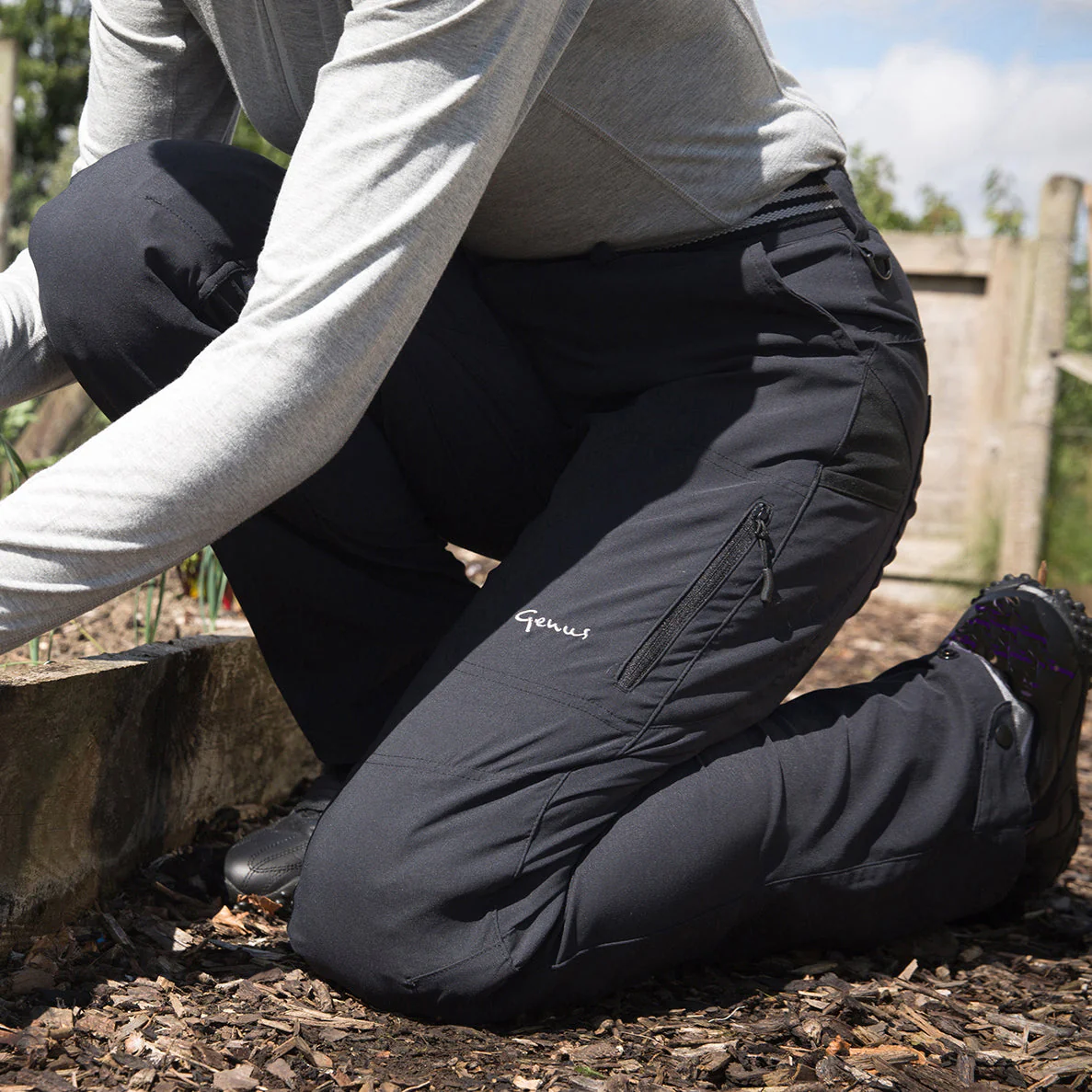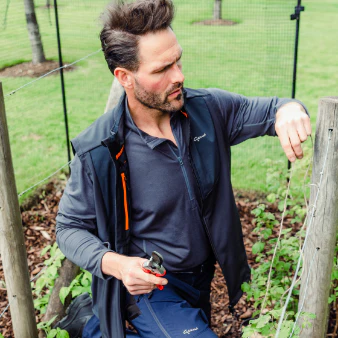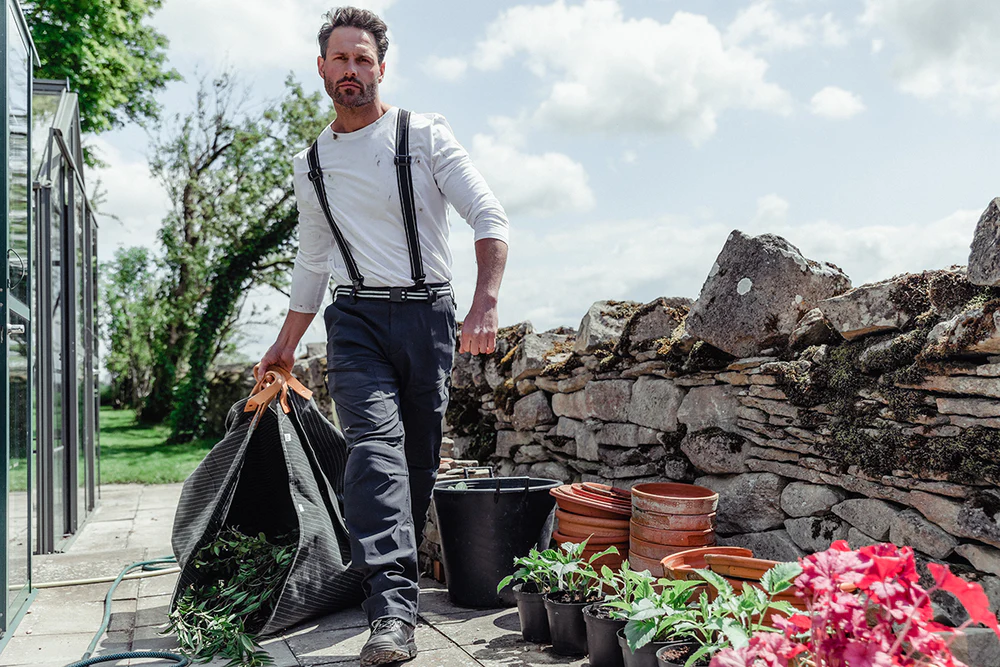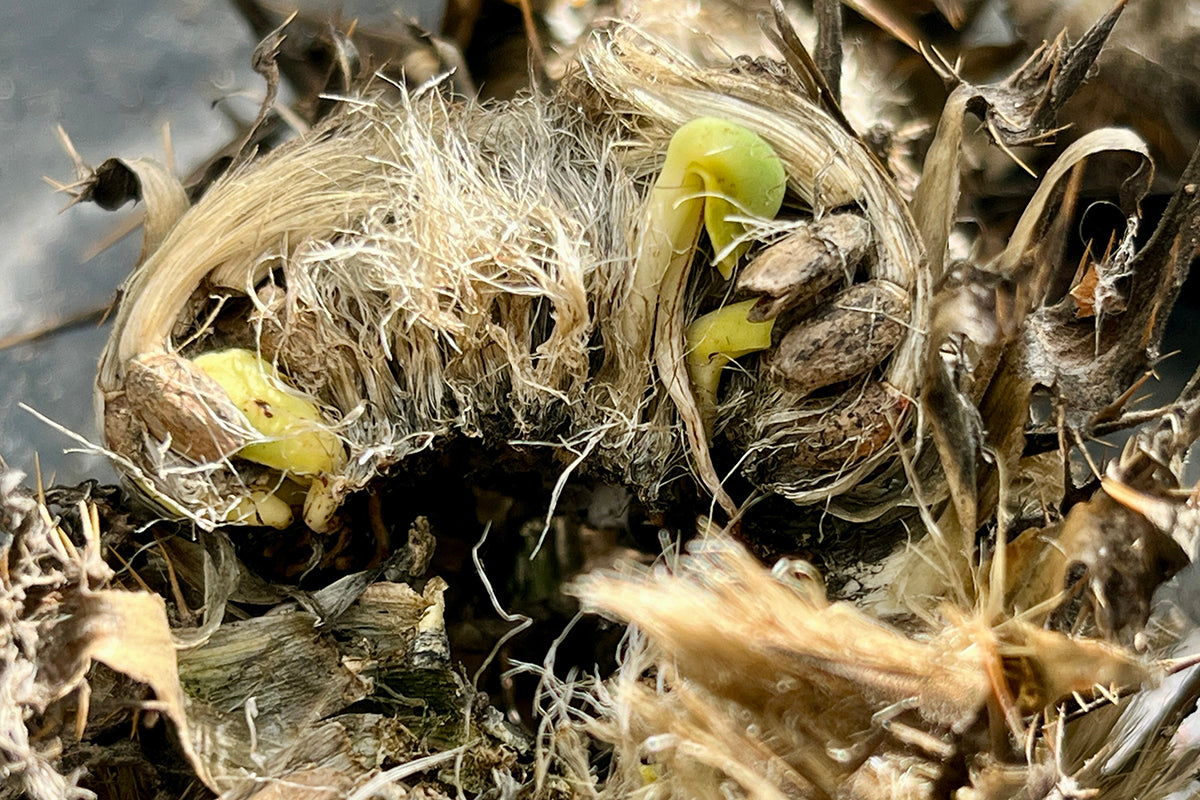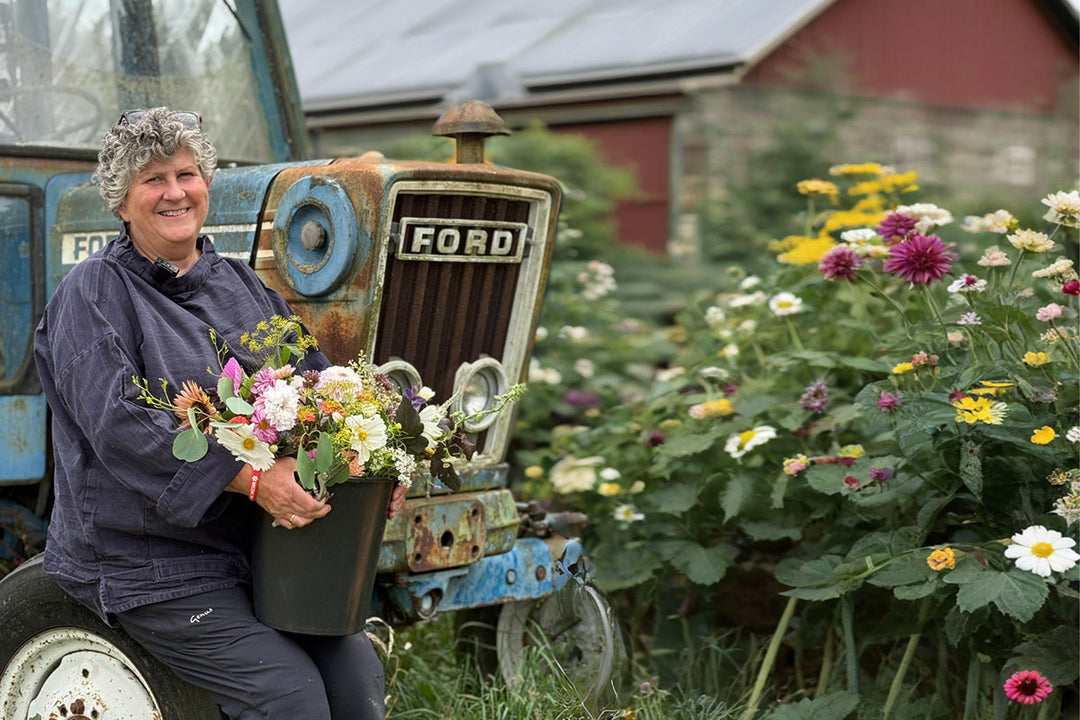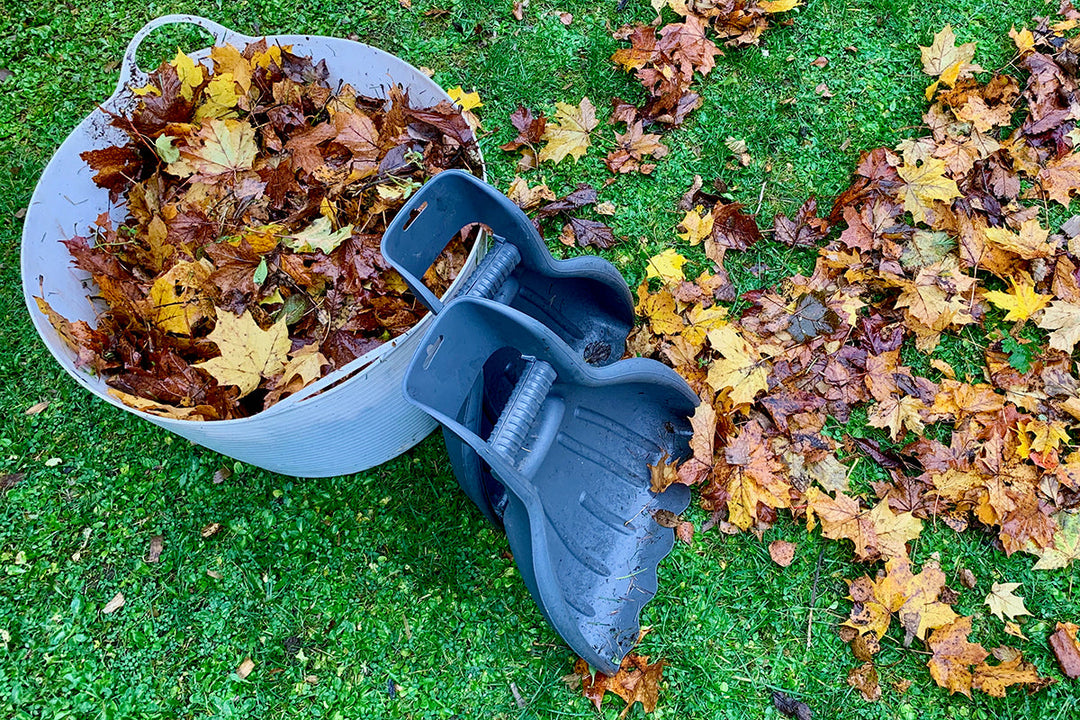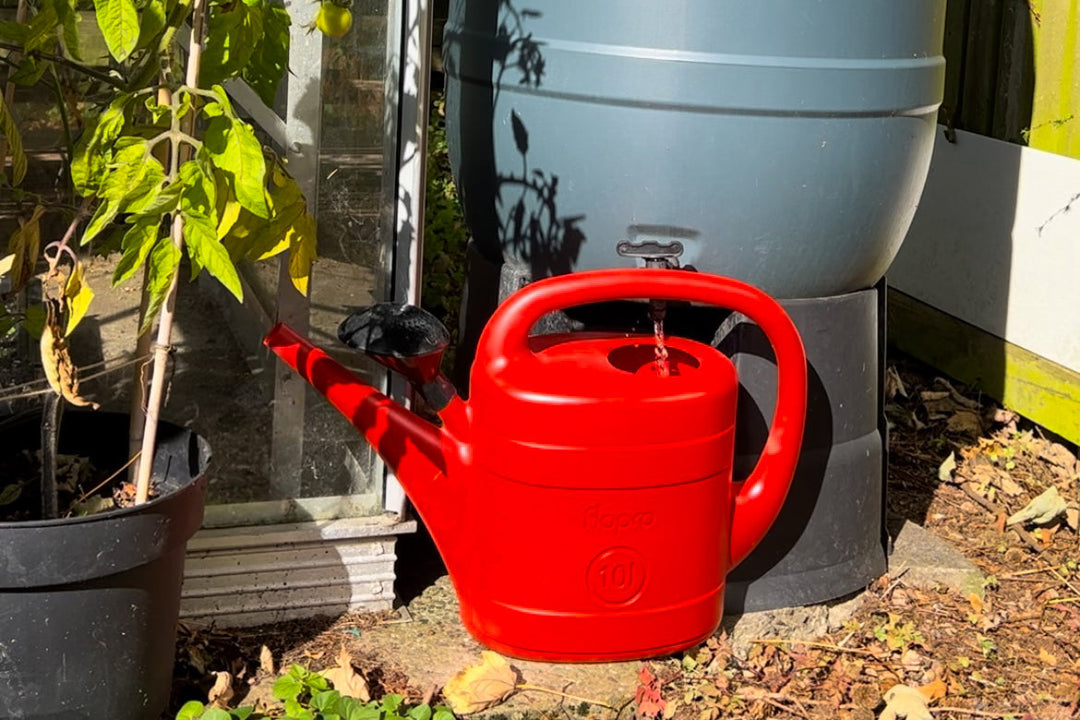Plant folklore - corn dollies
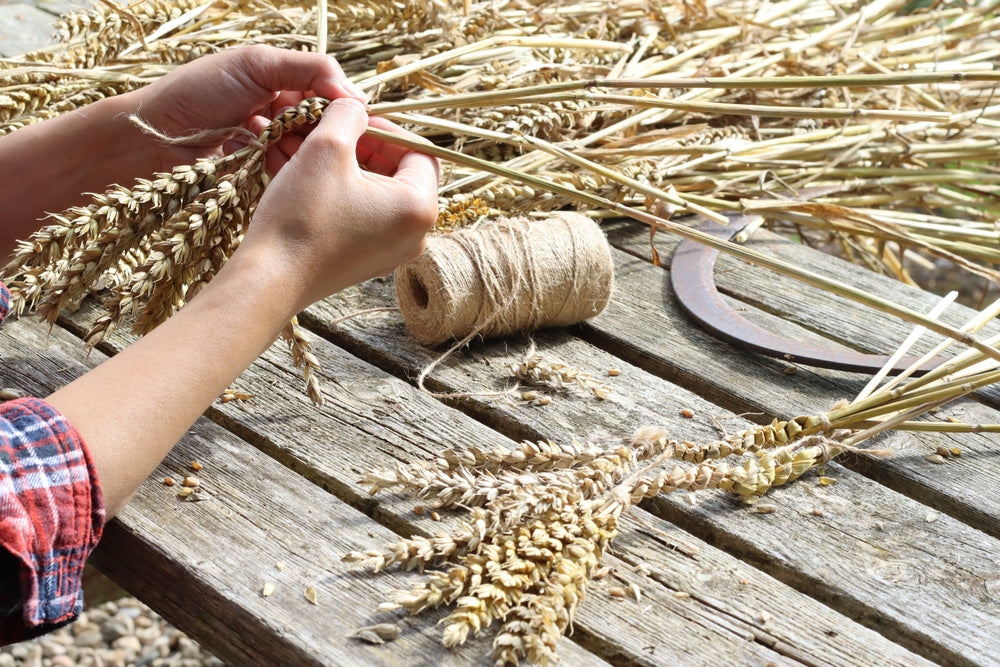
An appropriate piece of folklore for September, corn dollies, ancient symbols of harvest and fertility date back to 7th century Flanders where they were believed to house the spirit of the harvest. As the last few sheaves were cut, this spirit needed a temporary home until the following planting season. The figures, sometimes called Corn Mothers or Maidens, were kept throughout the year, often finding a place in local churches despite disapproval from the local clergy.
The tradition has deep roots, possibly linking to pre-Christian deities like Isis, Demeter, and Ceres. In the UK, customs like Cornwall's ‘Crying the Neck’ ceremony where sheaves are held up and chants recited continue to celebrate the harvest's end.
While modern farming methods have made traditional straw work challenging, due to the shorter stem length, there are still dedicated makers from the Guild of Straw keeping the art alive. Each region boasts unique designs, from simple knots to elaborate figures, whilst some originally served as romantic favours exchanged between lovers. Anyone old enough to remember the 1970’s might have had fun with a product called Art Straws like we did. Quite simply they were paper straws that came with instructions on how to weave, bend, and twist your own paper ‘corn dolly’. This was the sort of fun we had before technology crept into our lives.
In the 21st century corn dollies still serve as a link to our agricultural past and represent cycles of growth, sacrifice, and renewal. Their presence in folk traditions speaks to our connection with the land, its rhythms, and seasons.


